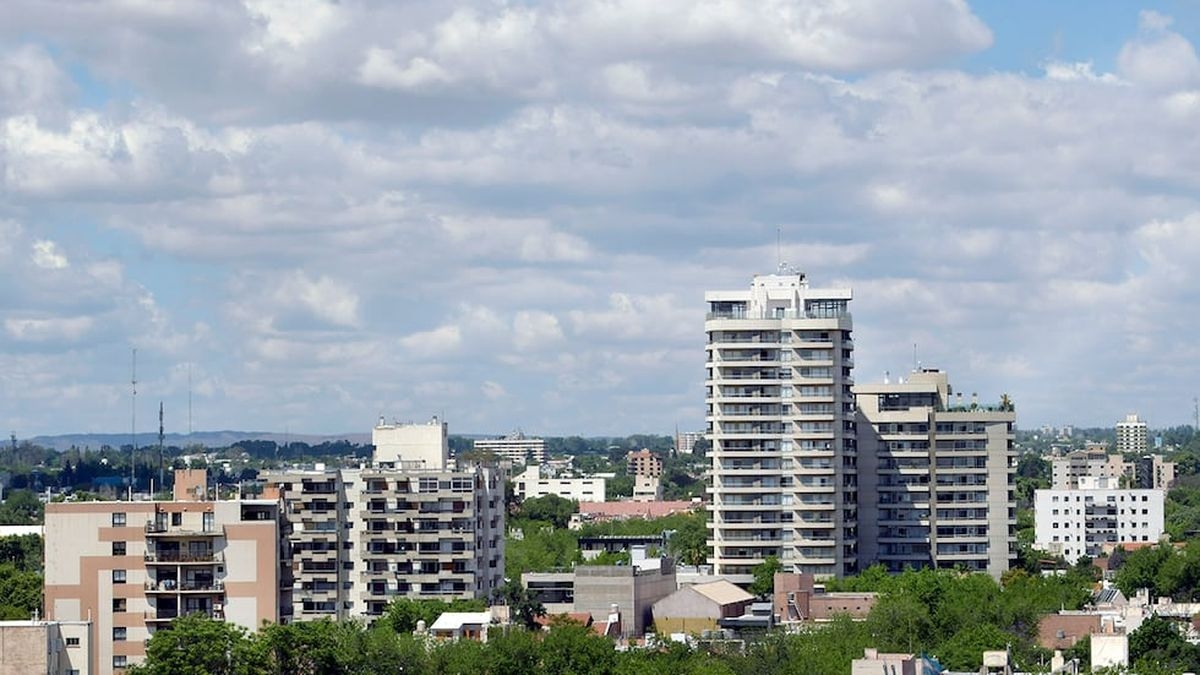ArteCo 2025, a fair that expands across Corrientes museums with exhibitions throughout the city

The civic and historic center of Corrientes was filled with posters announcing the opening of arteCo 2025. The fair, which has held seven editions and has seen meteoric growth among its provincial sister fairs, became a catalyst for cultural projects in the city. The morning after the ribbon-cutting, Clarín Cultura participated in a series of openings in museums and cultural spaces that brought together to the public, in the middle of the working day.
At the Juan Ramón Vidal Museum of Fine Arts in Corrientes , located across from the historic Teatro Vera, which is completing its restoration and is set to reopen in July, three exhibitions related to "Correntinism" were inaugurated. Expresiones del Paye (Expressions of the Country), curated by Daniela Russo Casco, brought together works by artists born in the province or who created most of their work there.
“The idea is to showcase the versatility of the Corrientes artists who are still here, and others who are no longer here but who obviously live on in their works,” the curator told Clarín Cultura , highlighting that the exhibition is an opportunity to showcase other themes the artists have addressed beyond local costumbrista art. “While the natural beauty we have is so beautiful that it draws them in when it comes to inspiration, if you look at the work of Leo Almada, who paints everyday activities, or at the work of Estrella Molina Yanguas, who is also an artist who hasn't performed in a long time and has a lot of legacy from Leonora Carrington, they don't have a tendency toward the indigenous ,” she commented.
As part of the exhibition, the sculpture "La Taragüi" by Amado Higinio Puyau is on display in a secluded space. This work, a tribute to the Guarani woman, won the 1936 National Salon with the original work, which was forgotten on one side of the museum. Its bronze replica is on display on the Corrientes waterfront. The museum, through a public-private partnership, secured the funds for its restoration , a process that can be observed today as you tour the space.
Very close to Taragüi, artist Febe de Felipe , curated by Julio Sánchez Baroni, a specialist in regional and religious art, presents Corrientes has Paye Pop . While one room features classics, the other features reworkings. The artist takes the image of Gauchito Gil and various virgins and reworks them. She adds sparkles, feathers, and stones to her classic representations in a nod to the Corrientes Carnival.
 A sly Gauchito intervened by Febe de Felipe.
A sly Gauchito intervened by Febe de Felipe.
At the Vidal, the Mandu'a exhibition by missionary Alicia Esquivel stands out, featuring the Organic series, pieces of silver jewelry to which she adds amber and Murano glass, transforming a resistant metal into a malleable one. Also featured is the series When the Dew Falls, lightweight necklaces made from recycled wine capsules; and finally, Caracú , jewelry made from cow bones that have been cleaned, bleached, and polished, transforming them, perceptually, into another material.
For the third consecutive year, the PROA Foundation collaborated with the production and curatorship of an exhibition that opened as part of arteCo at Casa Ñanderekó. It features two collections of works, curated by Cecilia Jaime, entitled Territories in Transition. On one side are photographs by Christiano Junior, and on the other are works by Fernando Cattaneo, Cristian Damián Cochia, Alicia Esquivel, Diego Gon, and Flor Meyer.
Junior, a Portuguese photographer based in Buenos Aires since 1867, was one of the most prominent portraitists of the 19th-century Buenos Aires elite. He also produced documentary work on various regions , which is now on display in Corrientes. These images were taken between 1879 and 1883 during his tour of Mendoza, San Juan, San Luis, Catamarca, Tucumán, Salta, and Jujuy, with which he sought to visually document the landscapes, customs, and ways of life of regions underrepresented in the official iconography of the time.
In dialogue with the photographs, a selection of works by contemporary artists is presented that update, interrogate, and expand the notion of territory, landscape, and memory through diverse disciplines and materials: video, ceramics, objects, and fabrics.
“Junior's hard work in capturing our territory inspired us to think about how territory also affects the artistic productions of contemporary artists in the region ; it's something that's very visible, the landscape, the mountains, and how, from different perspectives, from a more poetic or political perspective, the territory is present in the productions,” Jaime stated during the opening.
Meanwhile, half a block away, Desirée De Ridder intervened in the courtyard of the Museum of Traditional Crafts with her site-specific work , *The Immortality of Memory *. Made with interwoven tiles—a continuation of the museum's architecture—it reflects the imprint of the past, interpellating the present. The artist considers the tiles to be historical pieces that bear witness to the unfolding of events, as they were often molded onto the thighs of slaves and later became part of the conquistadors' dwellings.
 Desirée De Ridder intervened in the courtyard of the Museum of Traditional Crafts.
Desirée De Ridder intervened in the courtyard of the Museum of Traditional Crafts.
And in the provincial legislature, with Vice Governor Pedro Braillard Poccard in attendance, the exhibition "Homage to Lucho Olivera," curated by Gustavo Insaurralde, and the exhibition in memory of Luis Llarena, curated by Luis Bogadoen, were inaugurated at noon on Friday.
Clarin




